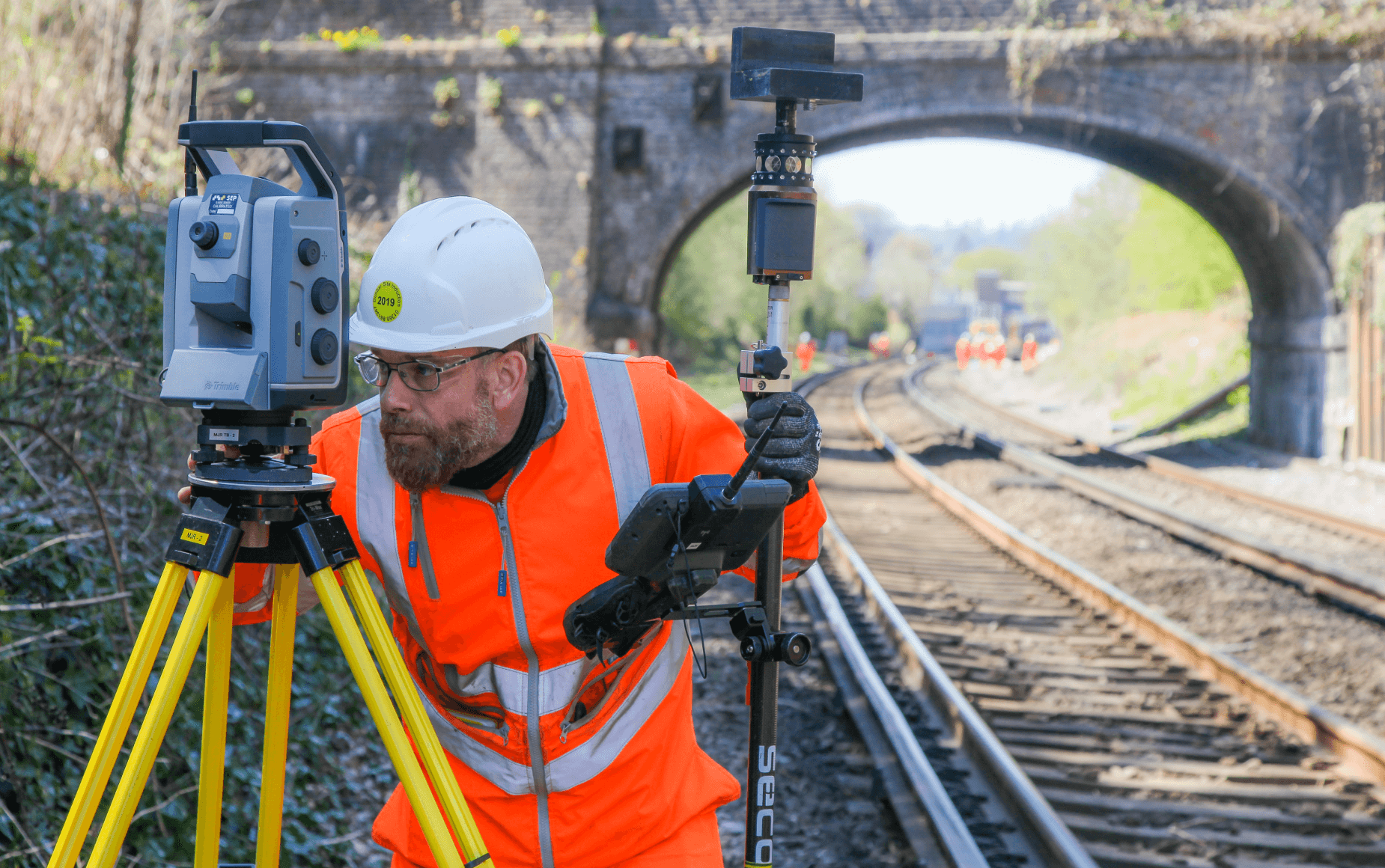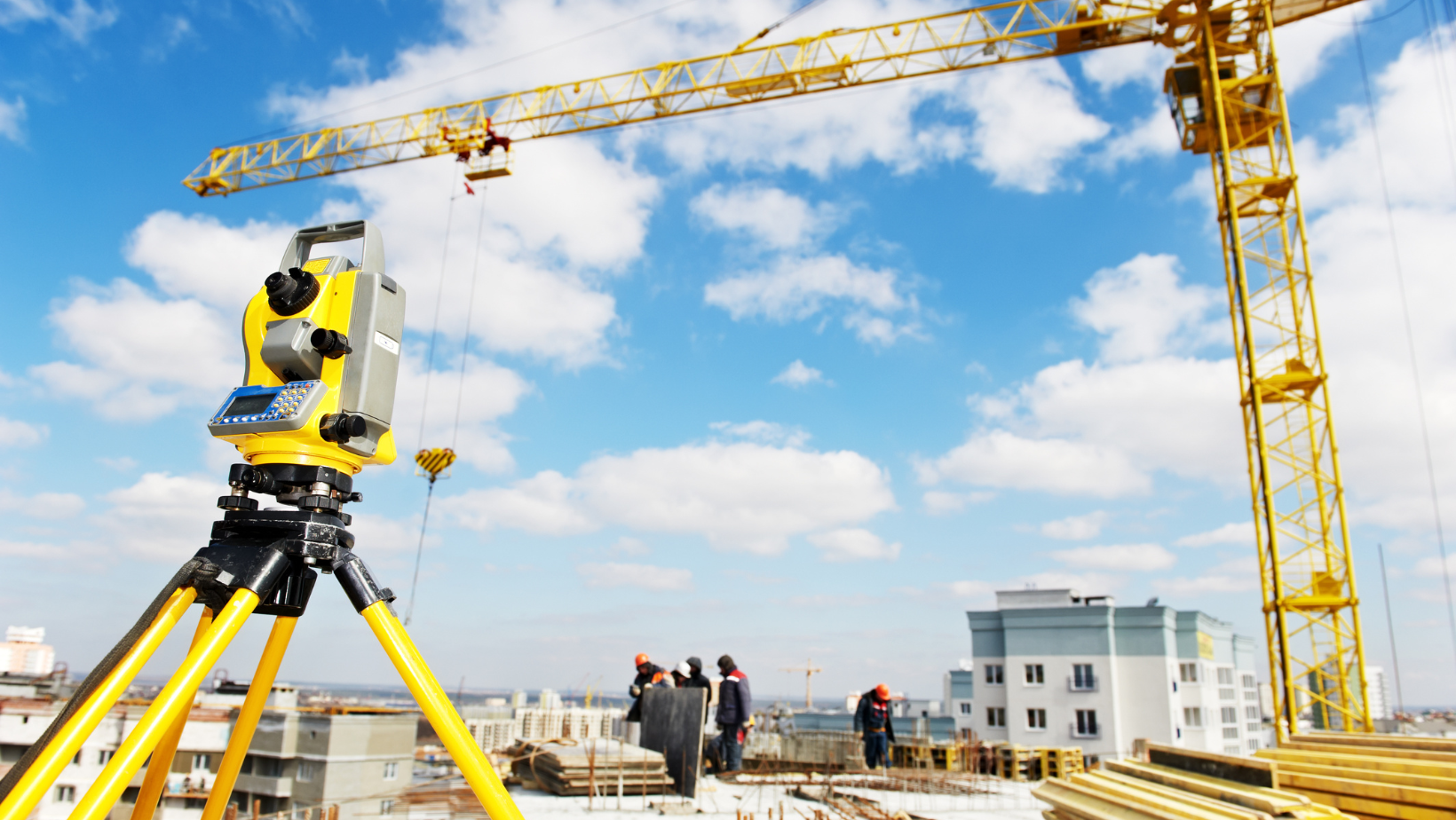Measured Building Surveying for Real Estate and Architectural Projects
Measured Building Surveying for Real Estate and Architectural Projects
Blog Article
Necessary Tools and Methods in Establishing Out Design
The self-control of laying out engineering relies heavily on a suite of vital tools and methods that underpin the accuracy and effectiveness of job implementation. Instruments such as land surveyor's degrees, overall terminals, and progressed GPS technology are essential for developing exact reference points. In addition, the assimilation of typical techniques with contemporary techniques, consisting of geospatial analysis and 3D modeling, supplies considerable advantages in envisioning website conditions. Understanding just how these elements connect is critical for decreasing mistakes and boosting project end results, yet the nuances of their application often continue to be ignored. What ramifications does this hold for future engineering methods?
The Importance of Accurate Dimensions

The relevance of accurate measurements expands beyond plain compliance; they are indispensable to the general efficiency of design processes. Mistakes can result in material waste, task hold-ups, and boosted labor prices, ultimately influencing the job's profits. Moreover, precise dimensions improve the high quality of the end product, ensuring that it executes as planned and satisfies the expectations of stakeholders - setting out engineering.
Additionally, the significance of exact dimensions is noticeable in various engineering disciplines, consisting of civil, mechanical, and electric design. Each area requires an one-of-a-kind strategy to dimension, yet the underlying need for accuracy continues to be consistent. As tasks end up being significantly intricate, the dependence on exact dimensions will just magnify, highlighting the requirement for regular innovations in dimension methods and innovations. Thus, fostering a society that focuses on precision is necessary for the future of design.
Essential Tools for Laying Out
Laying out, a crucial phase in the design and building and construction procedure, counts greatly on certain devices that guarantee accurate area and positioning of structures. Amongst these tools, the land surveyor's degree sticks out, supplying accurate horizontal dimensions important for developing recommendation points. This instrument enables designers to identify altitude changes and preserve harmony throughout the project site.
The total amount station is one more crucial tool, integrating digital range measurement with angular dimension capabilities. This innovation enhances efficiency and precision in recording spatial information, permitting efficient site format and preparation.
Additionally, making use of gauging tapes and noting devices, such as chalk lines or risks, is fundamental for briefly noting boundaries and important points on the site. These standard tools, though straightforward, are critical for making certain clear interaction amongst the construction group relating to task specs.
Finally, general practitioner technology has actually obtained grip in setting out processes, supplying real-time placing information and dramatically improving precision over typical approaches. Jointly, these vital tools form the foundation of efficient laying out techniques, eventually adding to the successful implementation of design and building and construction jobs.
Advanced Checking Techniques
Advanced surveying strategies play a crucial function in improving the precision and performance of design projects. These techniques incorporate a variety of approaches that provide exact information for design and construction. Traditional approaches, such as leveling and triangulation, have actually progressed into more innovative methods, including Complete Station studies and Worldwide Navigation Satellite Solution (GNSS)
Total Terminal gadgets integrate digital theodolites with distance dimension abilities, enabling surveyors to collect precise location information with terrific speed. This modern technology considerably minimizes mistakes connected with hand-operated dimensions and offers real-time data processing. GNSS offers unmatched accuracy for massive tasks by utilizing satellite signals to identify specific positioning, which is essential for lining up frameworks and making certain conformity with design specs.
Along with these devices, advanced techniques also integrate geospatial evaluation and 3D modeling. These approaches enable engineers to picture surface and website problems better, helping with much better decision-making during the planning stage. By using these advanced surveying techniques, engineering projects can accomplish higher accuracy in format, reduce rework, and ultimately improve general task success.
Digital Innovation in Design
The assimilation of digital innovation has reinvented design methods, improving both performance and precision across numerous disciplines. Tools such as Building Info Modeling (BIM) promote the visualization and monitoring of complicated tasks, permitting engineers to collaborate seamlessly and make notified decisions. This innovation allows the creation of thorough 3D models, which can be analyzed for architectural honesty and performance before construction begins.

The application of fabricated knowledge and artificial intelligence in engineering procedures additionally boosts predictive maintenance and optimization of resources. These innovations allow the evaluation of substantial data collections, causing much better forecasting and boosted task results. In general, electronic innovation is improving the engineering landscape, driving technology, and making sure that jobs are finished with better effectiveness and minimized risk. As the market proceeds to develop, accepting these devices will certainly be necessary for future success.
Ideal Practices for Implementation
When carrying out electronic technology in engineering, it is critical to establish a calculated approach that straightens with project objectives and organizational capabilities. A comprehensive evaluation of existing operations and technology facilities is essential to determine voids and chances for renovation. Involving stakeholders early while doing so promotes partnership and makes certain that the technology fulfills customer needs.
Task supervisors should embrace an iterative application method, permitting for adjustments based upon real-time feedback and performance assessments. This active technique not just minimizes threats yet additionally advertises continual renovation by including lessons learned.
Conclusion
Finally, the integration of necessary devices and progressed methods in setting out engineering is important for making sure precision in measurements and successful project implementation. Using tools such as surveyor's degrees, total terminals, and GPS modern technology, alongside contemporary evaluating techniques, boosts precision and minimizes the chance of errors. Embracing ideal practices in application further optimizes these processes, eventually fostering improved project outcomes in the engineering and building and construction fields.
The self-control of establishing out design depends greatly on a suite of crucial devices find here and methods that underpin the accuracy and performance of job execution.Moreover, the significance of exact dimensions is evident in numerous engineering disciplines, consisting of civil, mechanical, and electrical design. By employing these innovative surveying strategies, engineering tasks can accomplish greater accuracy in layout, minimize rework, and ultimately improve total job success.
Overall, electronic innovation is improving the engineering landscape, driving innovation, and making certain that jobs are finished with greater performance and minimized risk (setting out engineering).In verdict, the combination of important tools and progressed strategies in establishing out design is important for making certain precision in dimensions and successful job execution
Report this page